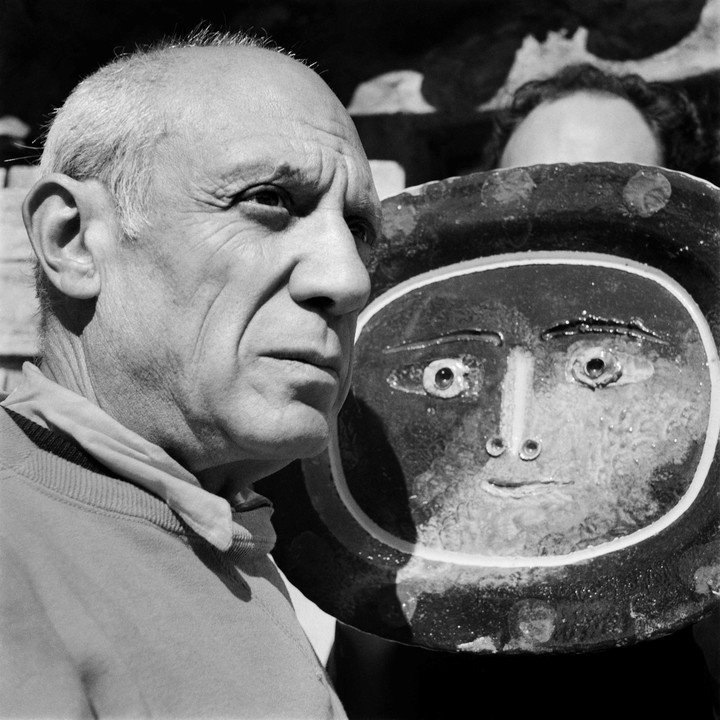Art
1,010 «works» released
There is a never-before-seen work by Picasso, but it is sold as NFT.
They are certificates of authenticity. Heirs speak of a bridge between fine art and crypto-art.
Source: Clarin / Jamey Keaten
Heirs of famed 20th century Spanish artist Pablo Picasso entered 21st century commerce with the sale of 1,010 digital artworks of a ceramic that had never been on public display. The transaction adds to the trend of NFTs, unique digital assets based on the same technology as cryptocurrencies that have taken the financial and art worlds by storm.
Picasso’s granddaughter Marina Picasso and her son Florian opened the doors of their apartment – filled with works by their illustrious ancestor – in a luxurious Geneva neighborhood for an exclusive interview with the AP agency.
There they offered a brief glimpse at the chosen piece, for what they described as an unprecedented fusion of old-school fine art and digital assets.

The heirs are riding the wave of NFTs, protected digital files that have brought in millions of dollars in transactions for lesser-known artists and provoked criticism from those who consider them to be maneuvers to enrich themselves at a high environmental cost.
A Picasso, according to family members, would mean the entry of a great art master into the game.
Archives with their own value
In economic jargon, a fungible good is an asset that can be replaced by another equivalent, such as dollars or bitcoins. In contrast, a non-fungible object such as NFTs has its own value, just like an old house or a classic car.
Combining this idea with the cryptocurrency technology known as blockchain gives rise to NFTs, which stands for token or non-fungible token. In practice, they are digital certificates of authenticity that can be associated with digital pieces of art or any other digital file, whether sound, video, animation or even a news article on the Internet.
«We tried to build a bridge between the world of the NFT and the world of fine art,» said Florian Picasso, the artist’s great-grandson.
The artist’s descendants have been discreet in gathering interest and protecting – for now – a family heritage. They barely show a strip of the lower part of the work displayed by the NFTs, a ceramic piece the size of a large salad bowl. The part that has been shown shows a thick yellow line, a green stain and the number «58» written on the base.
Marina Picasso says the treasured piece of pottery was made in October 1958, when she was a child.
«It’s a work that represents a face, and it’s very expressive,» she said. «It’s joyful, happy. It represents life (…) It’s one of those objects that has been part of our lives, our private lives, my life with my children.»
Sotheby’s will hold an auction in March that will include a unique NFT, as well as the ceramic bowl itself.
Florian Picasso said they had chosen that piece because it was «a fun one» to begin with.
The family and their business managers say their goal is to create a community of young Picasso fans.
Part of the proceeds will be donated: one portion will go to a charity trying to help counter the nursing shortage, and another to a non-governmental organization trying to reduce carbon dioxide in the atmosphere.
The NFTs will also include music created by Florian Picasso, who is a DJ and music product, along with composer John Legend and rapper Nas. That musical work, too, will not be made public yet.
AP
PK